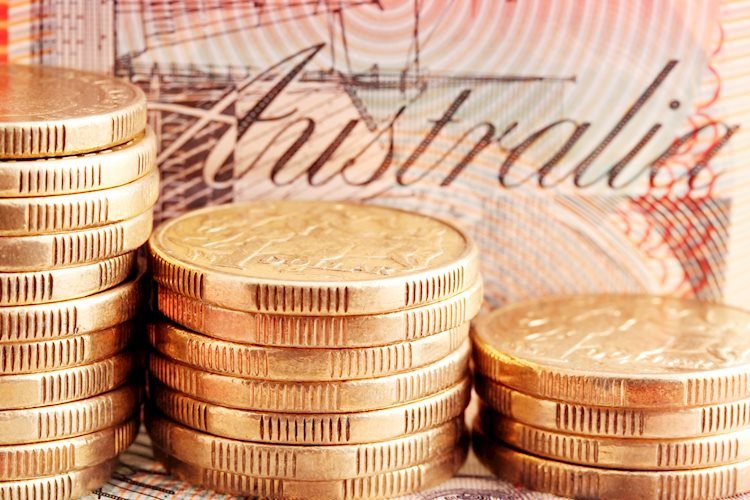The AUD/USD pair declined by 0.34% to 0.6470 in Thursday’s session due to the rising US Dollar and disappointing Australian employment data. The weak job growth and unchanged unemployment rate at 4.1% have reduced inflation fears in Australia, potentially leading to a less aggressive stance from the Reserve Bank of Australia (RBA).
In recent times, the AUD has been declining against the strengthening USD, driven by positive US economic indicators and increased confidence following Donald Trump’s presidential election. Despite a neutral stance from the RBA, the central bank hinted at a possible rate cut in May 2025. The overall price action indicates that the AUD/USD pair may continue its downtrend, with the DXY reaching new yearly highs, putting pressure on risk-related currencies like the AUD.
Australia’s job growth slowed in October, adding 15.9K workers against estimates of 25K, easing inflation concerns. Despite the slowdown, the Unemployment Rate remained at 4.1%, suggesting a still-tight labor market. The RBA is unlikely to cut interest rates soon as Governor Bullock emphasizes the need to control inflation. The US Dollar Index surged to a one-year high near 107.00, driven by Trump’s campaign promises of higher import tariffs and lower taxes. Investors await Federal Reserve Chair Powell’s speech for guidance on interest rate policy. Markets anticipate a 25 basis point interest rate cut in Australia not before May 2025, while still confident in a 25 bps cut by the Fed in December.
The AUD/USD downtrend remains intact, but oversold conditions in the daily RSI suggest a potential bounce. The indicator has reached deeply into negative territory around 30, a level that often precedes a reversal in momentum. This suggests that the pair may be due for a temporary rebound, although any gains should be viewed as corrective within the broader downtrend. Support levels lie at 0.6450, 0.6430, and 0.6400, while resistance is encountered at 0.6500, 0.6515, and 0.6550.
Central Banks play a crucial role in maintaining price stability in a country or region by managing inflation. Through adjusting benchmark policy rates, central banks control inflation and influence savings, lending rates, and investments in the economy. Central banks like the US Federal Reserve, European Central Bank, and Bank of England aim to keep inflation close to 2%. Central bankers consist of ‘doves’ who prefer loose monetary policy to boost the economy and ‘hawks’ who prioritize lower inflation rates and higher interest rates. The chairman or president of the central bank leads meetings, creates a consensus between different views, and communicates monetary policy outlook through speeches. Members are required to maintain a blackout period before policy meetings to avoid market disruptions.










